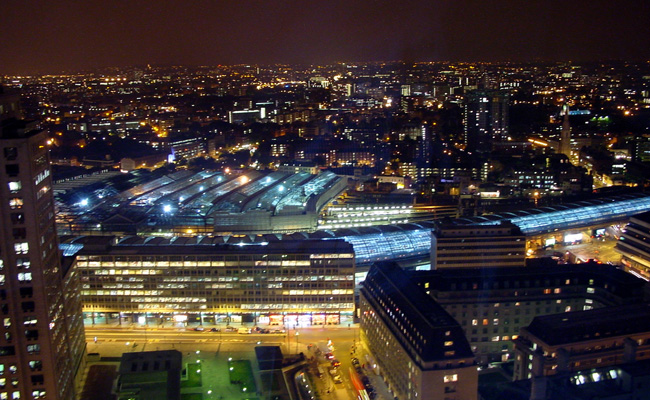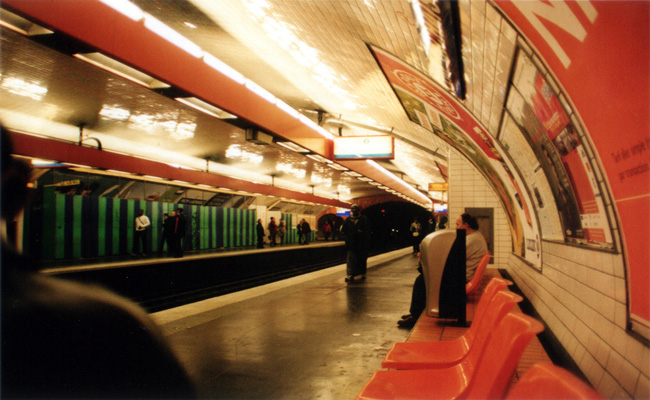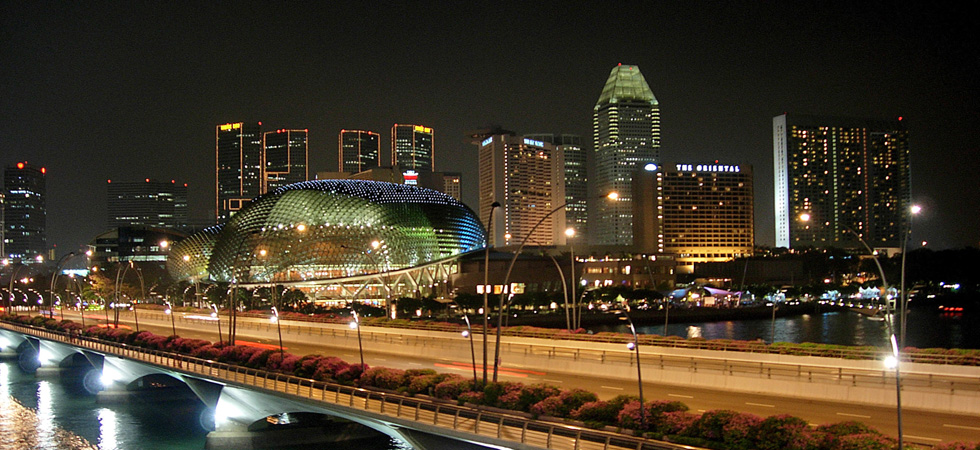Singapore has been ranked the world’s most mobile-friendly city in a new global study by Kantar TNS and BIPE, the World Mobility Index 2016. It has found that the financial centre of the Far East boasts the most impressive transport system thanks to the length of roads, extensive rail network and number of buses, taxis and bikes.
Singapore is highlighted in the study findings as a modern, fast and advanced city with unrivalled public transport offerings. In fact, Singaporeans use an average of 29,000 taxis, 4,212 buses and cover 185km of rail network every day.
With its Mass Rapid Transit, Light Rail Transit and a high number of buses, Singapore is creating an integrated multi-modal transport system with a common fare-payment mode, information platform and an impressive physical network. The city also benefits from remarkably little traffic, as car registrations are limited and the city recently introduced a congestion charge.
Olympic hosts reap benefits of infrastructure investment
The London 2012 legacy lives on for the UK’s capital, as increased investment from the government into the transport network has meant that the city ranked second in the World Mobility Index. 2016 has seen further improvements such as the development of Crossrail, the impending opening of the Elizabeth Line and the expansion of what is now the world’s second largest bike sharing scheme, with 10,000 ‘Boris bikes’ covering a 1572km² area.
Upcoming Olympic host Tokyo boasts the world’s largest urban rail network with 3,980 km of rail network covering the 8592 km² area, as well as a host of other transport options from subways, to monorails and trams – and further expansions are planned ahead of 2020 as well.

Paris on road to mobility but lags behind rival cities
As the automotive industry descends on Paris for The Paris Motor Show, the World Mobility Offer Index highlights the low ranking of Paris. The Paris transport system is held back by an out of date infrastructure and a not particularly efficient network and in fact, Paris struggles to link main suburbs to the city centre and as a result the ring roads are very congested during peak hours.
There have, however, been some improvements and recent investments in new tramway lines have increased mobility around the city. Paris is also the global leader in bike sharing with over 20,000 public bikes available.

But to facilitate their journeys, Parisians are looking forward to the Grand Paris Express, a very ambitious project planned for 2030 including over 20 kilometres of automatic metro lines, which will greatly enhance the mobility offer in the Paris area, in particular improving suburb to suburb connections.
Isabelle Rio-Lopes – Head of Automotive, Kantar TNS in Brazil said: “By 2050 over 70% of the global population will live in urban areas so the need for mobility in cities across the world is becoming even more important. From congestion and air pollution to accelerating urbanisation, the forces shaping the future of mobility are already in action today. Many traditional European cities need to adapt and invest in their older transport networks as Far Eastern rivals such as Singapore, Tokyo and Seoul continue to evolve rapidly to help sustain and support the cities’ future.”






















